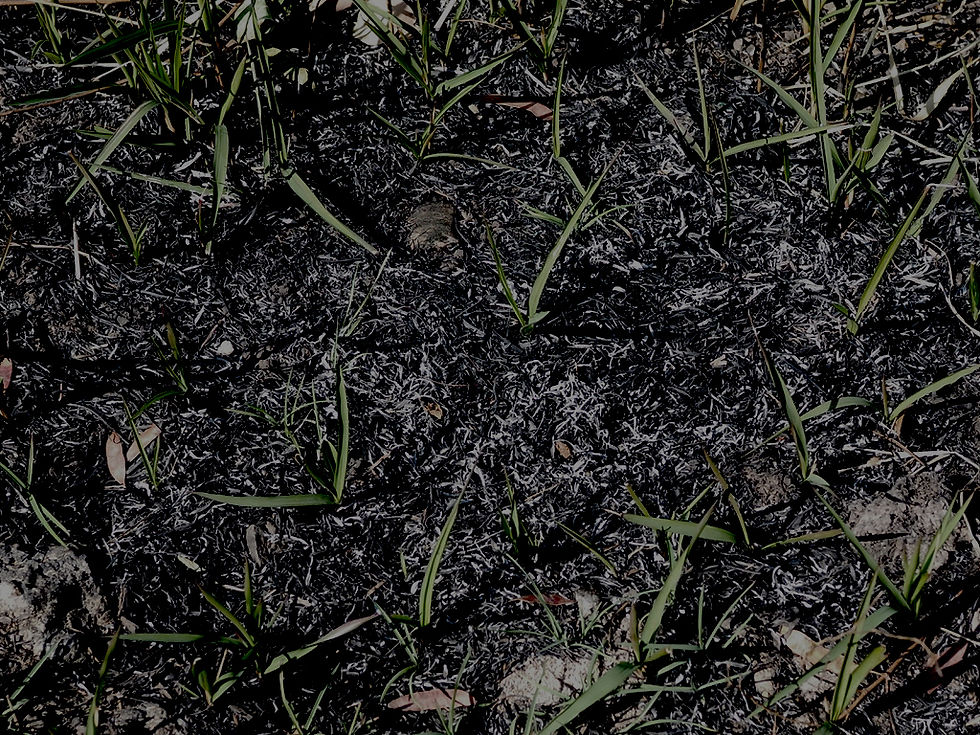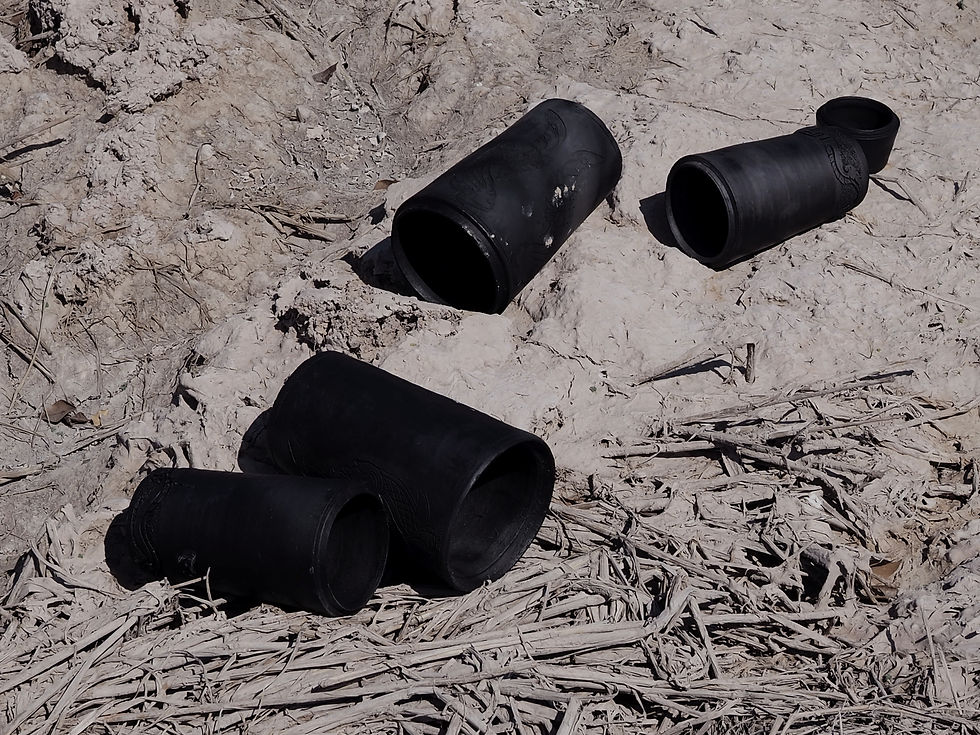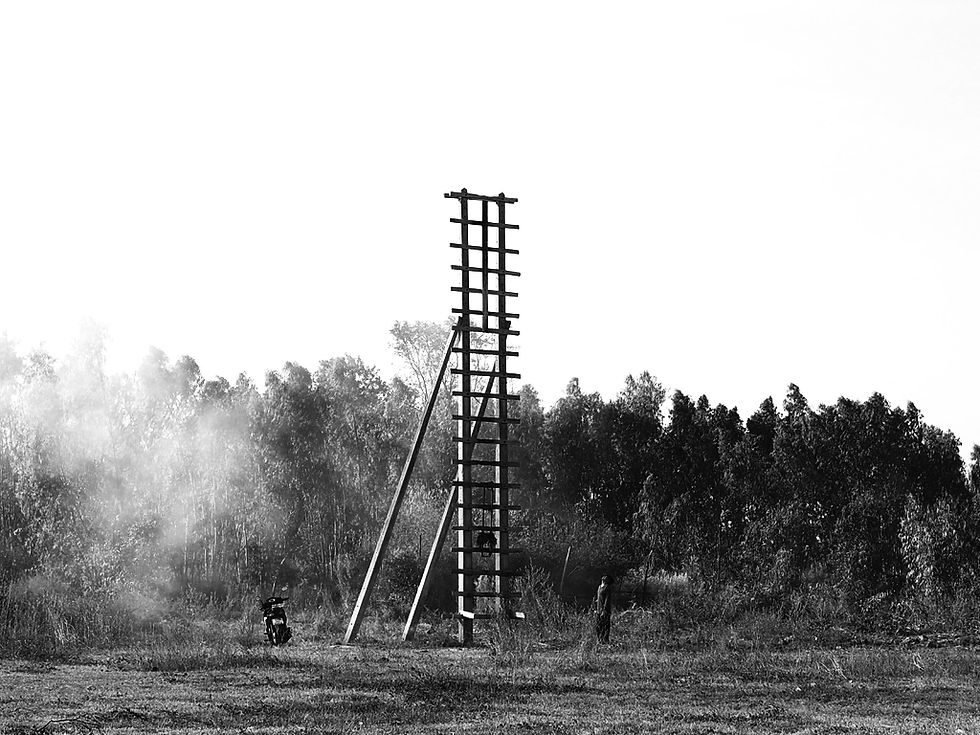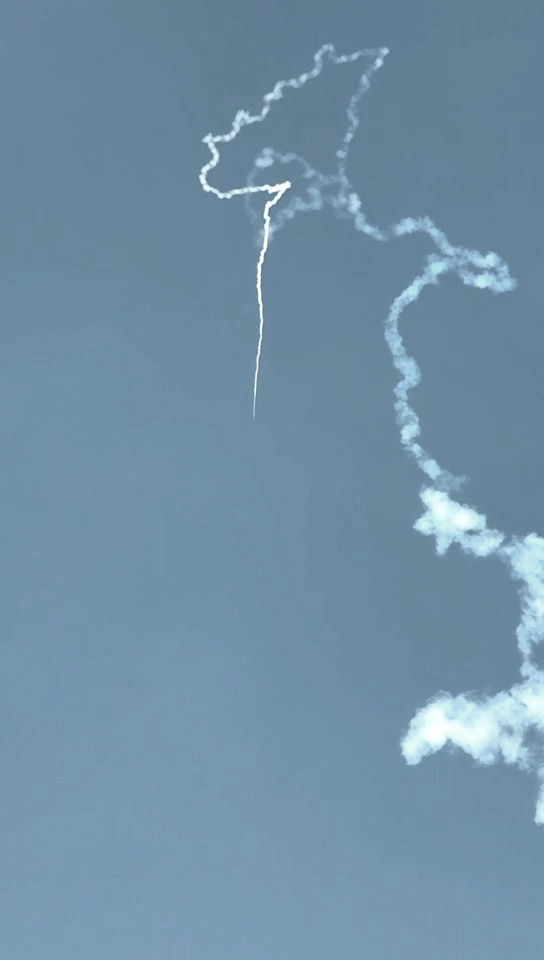Kamonchanok Wongwiboonsat



Saline soils have long challenged rice cultivation in northeastern Thailand, especially in the Thung Kula Ronghai rice fields. In Yasothon, one of the five provinces without an irrigation system, rice farming relies entirely on rainfall. Farmers face extreme drought, high salt content, and low organic matter in the soil, leaving them to depend on Naga, the guardian of rain, as their only hope for a successful harvest. To call for rain, they celebrate the annual Bun Bang Fai Rocket Festival. This time-honored ritual is reimagined with rockets made of indigenous rice husk biochar, glazed with rice husk silica. As they soar and burst into the sky, they nourish the rice fields and sustain the growth cycle.

Rocket Tower
The rocket tower stands 12 meters tall, with a restriction on the launch angle, which must be between 75° and 105°. The structure is made from a variety of materials, including wood, metal, and concrete columns.

Rain Ritual
The Bun Bung Fai Rocket Festival is a centuries-old ritual passed down through generations. It is believed to send a signal to the Naga in the sky, asking for rain to nourish the land. The ritual is held annually in June, just before the upcoming rice-growing season.

Rice Fields
The Thung Kula Ronghai rice fields are filled with myth. The Kula people, known for their strength and resilience, would enter these fields, only to be overwhelmed by the harsh land. With no water or shade, the drought-stricken fields brought them to tears.
Regenesis
The Bang Fai rocket, crafted from indigenous materials, nourishes rice growing cycle after the rain-asking ceremony.
